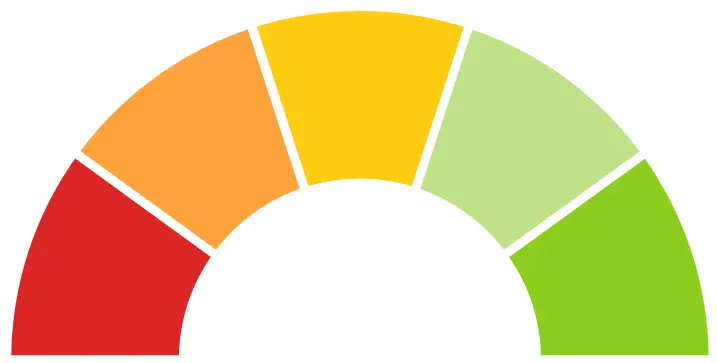News & Insights
News & Insights
BOOK: JOE PUBLIC 2030
Predict-O-Meter
Joe Public 2030 makes five bold predictions about the future, which range from exciting and promising to ominous and discouraging. Through the Predict-O-Meter, we continuously assess the state of the healthcare industry to track the accuracy of the five predictions.It’s been a full year since our last Predict-O-Meter update, and we’re halfway to 2030. So how are our predictions holding up?
Five Potent Predictions Reshaping How Consumers Engage Healthcare
FALL 2024 UPDATE
What influenced our latest rating?
Well, you can’t win them all. A year ago, the disruptors were moving full-steam into healthcare, and this prediction was a “Nailed It.” A year later, the ground is littered with fallen entrants, and we’ve moved this prediction all the way back to orange. Wal-Mart shuttered clinics and its health unit; Walgreens looks to sell VillageMD, likely at a huge loss, and move back out of care delivery; CVS Health is closing stores and MinuteClinics; Optum shut down its virtual care offering; Teledoc Health stock and leadership are in shambles; Dollar General closed its mobile health initiative. At the same time, many traditional health systems are finally finding their financial footing. So why not move this all the way to “Utterly Wrong”? Well, for one, there’s just too much money in healthcare for outsiders to not keep trying (to wit, Amazon is still in the game, as is Apple). The industry still needs disruption in so many ways, so we can’t dismiss it outright.
Relevant News
- How retail became healthcare’s biggest disruptor – Modern Healthcare, May 23, 2023
- UnitedHealth Group now employs or is affiliated with 10% of all physicians in the U.S. – STAT, November 29, 2023
- Fuyons and flu-shots? Gas station company ventures into urgent care – KFF Health News, August 16, 2023
- Walgreens makes first healthcare move since CEO’s exit – Axios, September 12, 2023
ORIGINAL PREDICTION
Today we tend to consider hospitals and health systems as birds of the same feather in terms of business model, with variances based on size, scope of services, for-profit/non-profit, and other factors. Moving forward, we could see the splitting of the health system model, with some systems moving even further to the larger, more comprehensive “health” organizations, others retracting into solely acute-care destinations – the “giant ICU on a hill” – and others somewhere in the middle. These models may emerge based on core geographic/market differences such as presence of competitors, plan consolidation/power, regulation, and dozens of other market forces. Yet the primary area where this transformation would play out is with health, wellness and the lower-acuity care points – what we’re calling The Funnel Wars.



